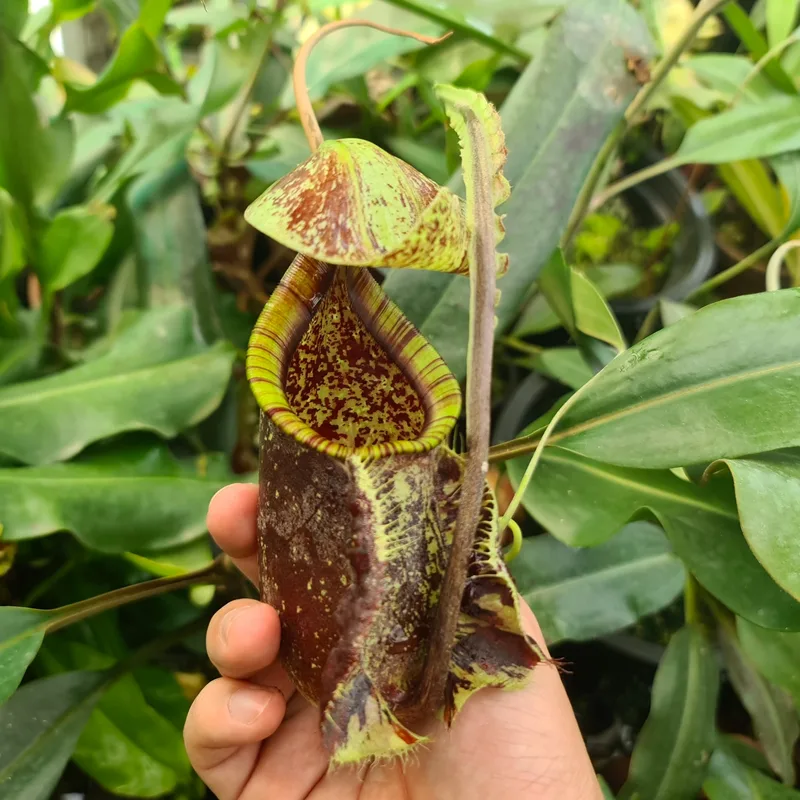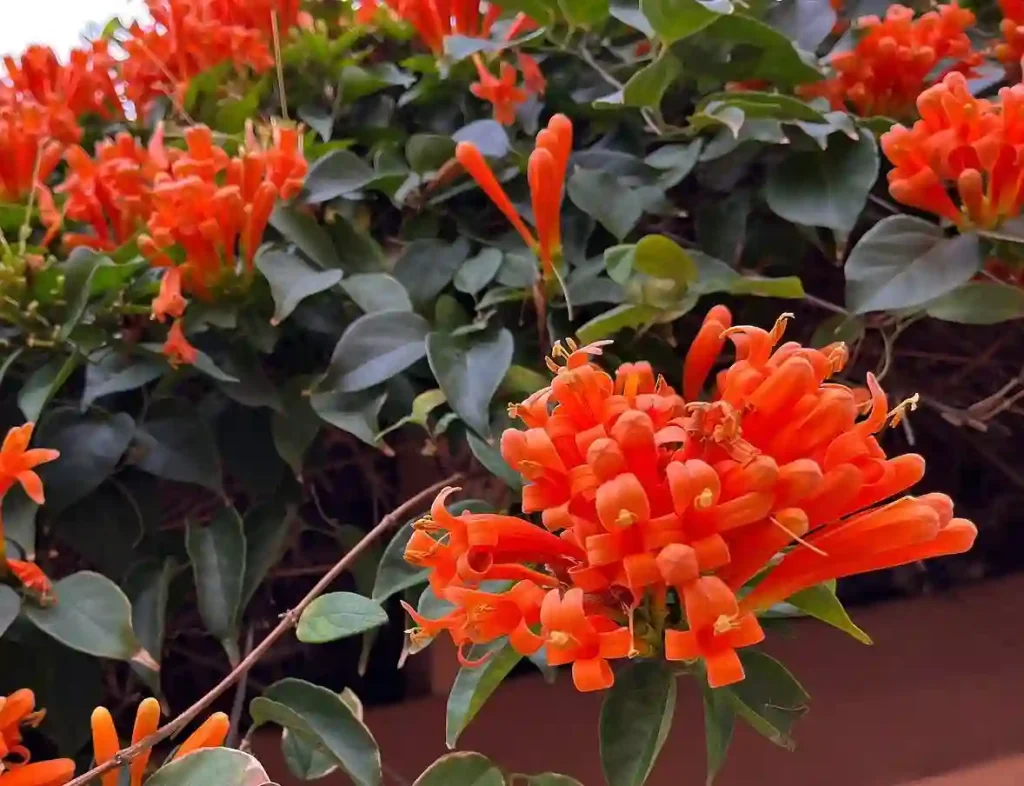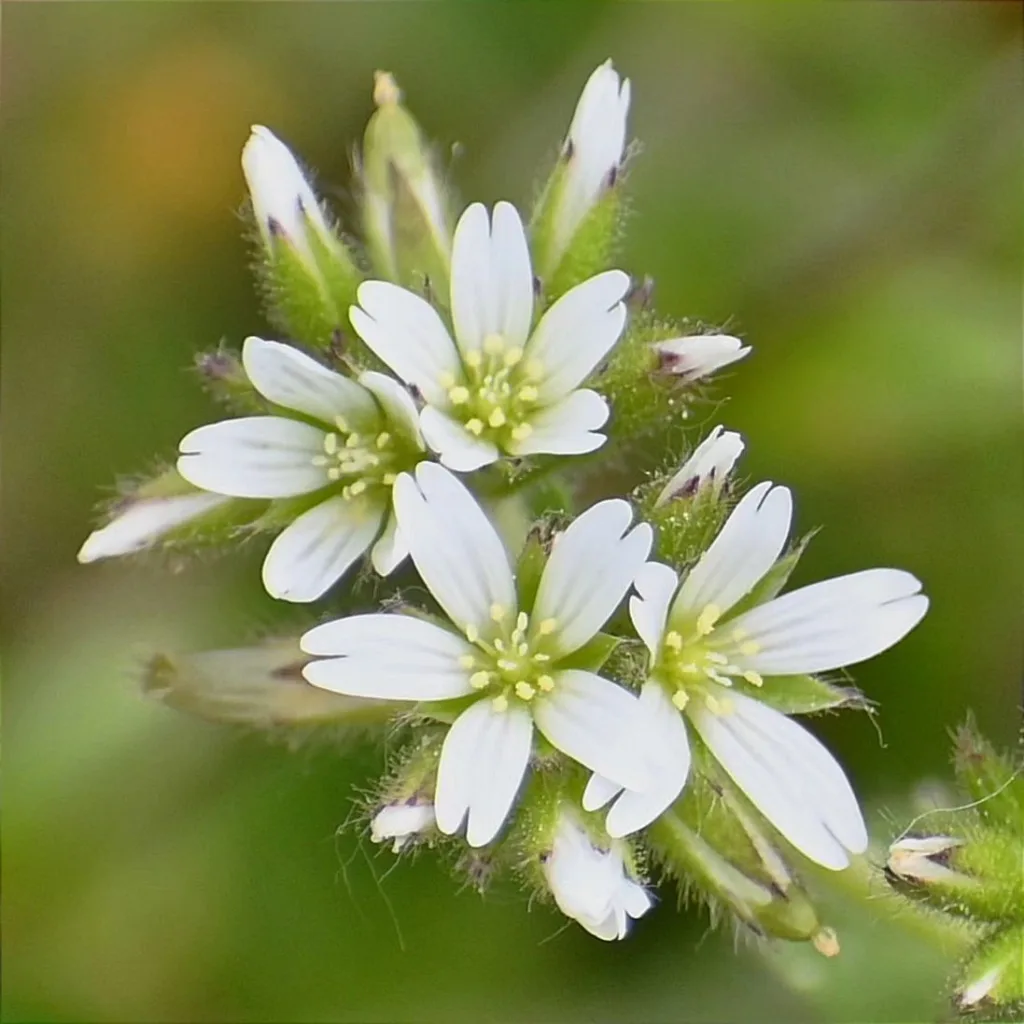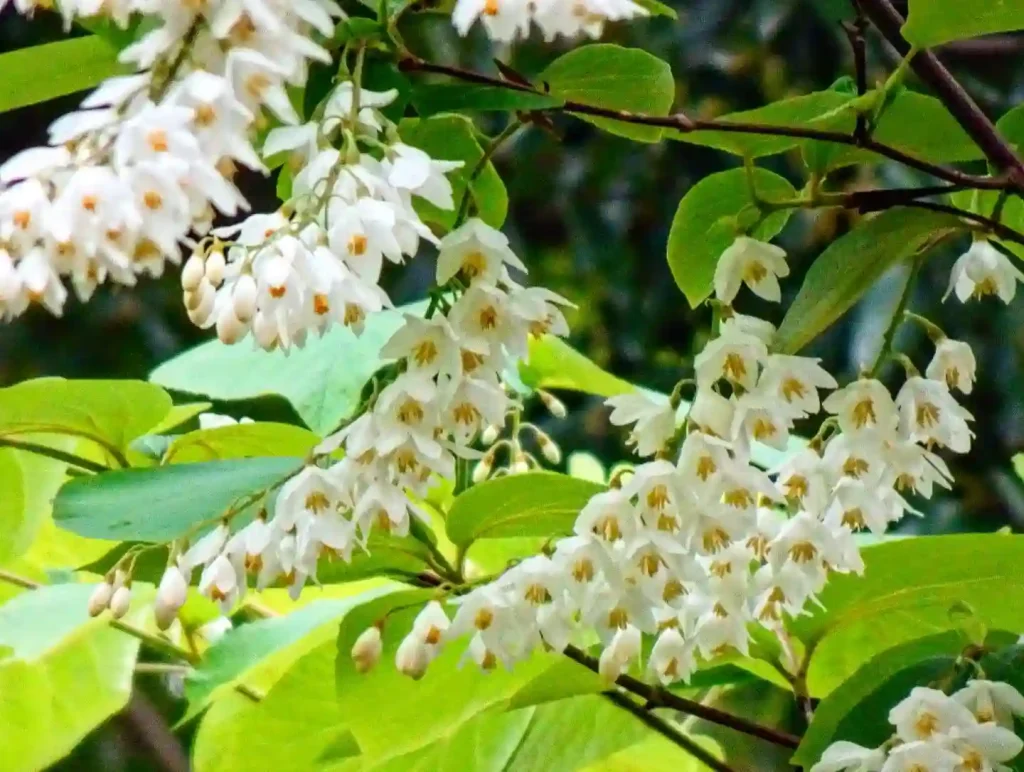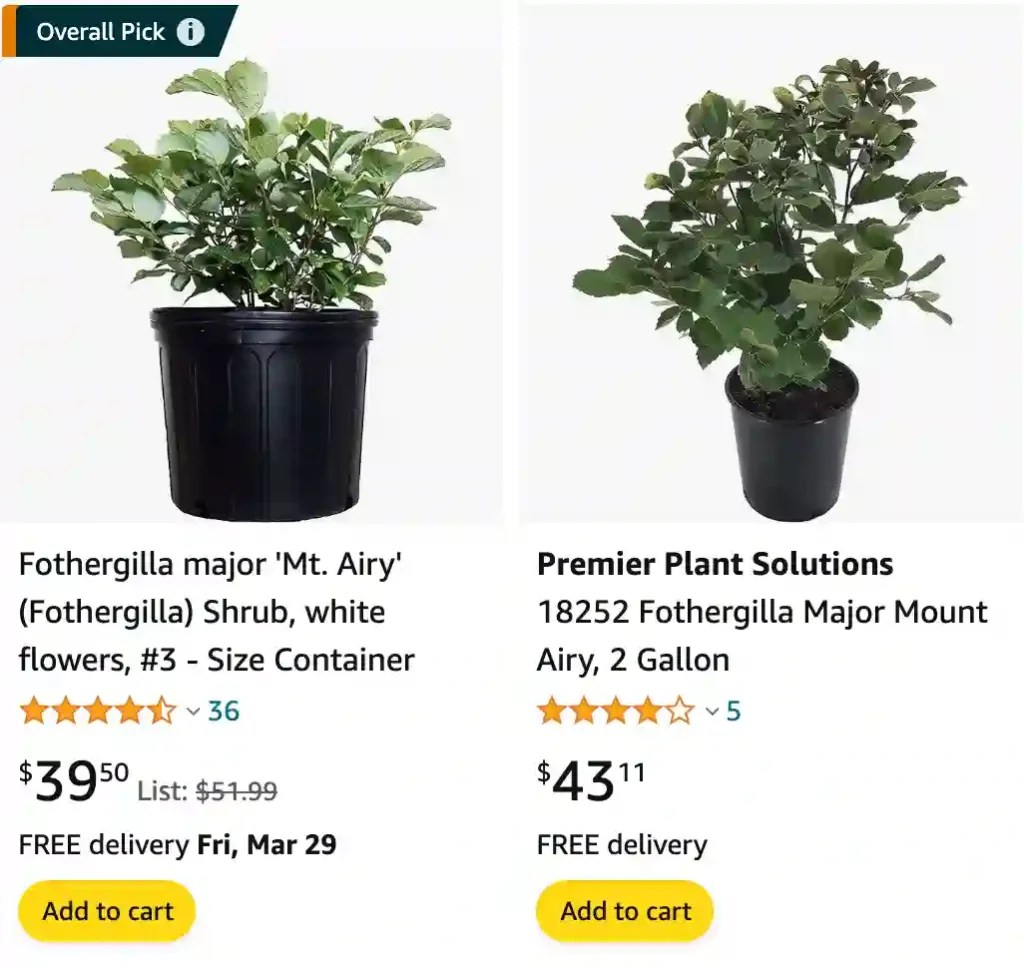
What is Fothergilla Mt. Airy?
For years, I’ve been on a quest to find the perfect landscaping shrub: beautiful, low-maintenance, and adaptable. Enter Fothergilla Mt. Airy, a showstopper that has stolen a permanent spot in my heart (and garden). This little gem offers a captivating combination of seasonal beauty, resilience, and manageable size, making it ideal for both seasoned gardeners and novices like myself.
Fothergilla Mt. Airy, a captivating hybrid between Fothergilla gardenii and Fothergilla latifolia, isn’t just another pretty face. It boasts a range of characteristics that make it a true landscaping champion. Let’s delve deeper into what makes this shrub such a superstar.
4 Species in Genus Fothergilla
When are Fothergilla Mt. Airy’s seasons?
Fothergilla Mt. Airy doesn’t disappoint when it comes to visual appeal. In spring, before the leaves unfurl, the shrub erupts in a delightful display of bottlebrush-like, white flowers that boast a subtle, honey-like fragrance. These delicate blooms transform the landscape, adding a touch of elegance and attracting a symphony of butterflies and bees.
As spring progresses, the star of the show becomes the foliage. Fothergilla Mt. Airy dons a cloak of deep blue-green, leathery leaves that retain their vibrant color throughout the summer. This rich foliage provides a beautiful backdrop for other flowering plants and adds a touch of sophistication to any garden design.
But the true magic unfolds in autumn. As the days shorten, Fothergilla Mt. Airy puts on a dazzling display of fall foliage. The once blue-green leaves transform into a kaleidoscope of fiery colors – vibrant reds, oranges, and yellows mingle with hints of purple, creating a breathtaking spectacle that rivals any autumn masterpiece.
How to care for Fothergilla Mt. Airy?
One of the things I love most about Fothergilla Mt. Airy is its low-maintenance nature. Unlike some high-maintenance shrubs, this little wonder thrives with minimal effort. It’s relatively pest and disease-resistant, saving you the worry of constant spraying and intervention.
Fothergilla Mt. Airy is content with average, well-drained soil and thrives in locations with full sun to partial shade. Once established, it requires minimal watering, making it a drought-tolerant choice for water-conscious gardeners.
The Art of Pruning: When and How?
While Fothergilla Mt. Airy maintains a naturally compact and rounded form, occasional pruning can enhance its shape and encourage bushier growth. But when is the best time to prune?
When to Prune Fothergilla Mt. Airy?
For optimal results, prune Fothergilla Mt. Airy just after the flowers have faded in late spring or early summer. This allows the shrub to focus its energy on producing new growth for the following season. Avoid pruning in late summer or fall, as this can stimulate new growth that won’t have time to harden before winter, making it susceptible to frost damage.
How to Prune Fothergilla Mt. Airy?
For the most part, Fothergilla Mt. Airy requires minimal pruning. However, if you want to maintain a specific shape or remove any dead, diseased, or crossing branches, here’s what you need to do:
- Use sharp, sterilized pruning shears to make clean cuts.
- Remove any dead, diseased, or damaged branches entirely.
- To encourage bushier growth, you can lightly prune the ends of healthy branches. Avoid drastic cuts, as this can affect flowering in the following season.
Are Fothergilla Mt. Airy shrubs used for erosion control?
While Fothergilla Mt. Airy isn’t a heavy-duty erosion control solution, its dense root system can help to stabilize soil on gentle slopes. However, for areas with severe erosion concerns, it’s best to consult with a landscaping professional for more robust erosion control solutions.
Planting Companions: Creating a Garden Symphony
Fothergilla Mt. Airy can be a versatile player in your garden design. Here are some ideas for creating a harmonious composition:
- Spring Symphony: Pair Fothergilla Mt. Airy with early blooming bulbs like daffodils or tulips for a vibrant spring display.
- Summertime Elegance: Combine Fothergilla Mt. Airy with shade-loving perennials like hostas or ferns for a lush, textural contrast.
- Autumnal Extravaganza: Plant Fothergilla Mt. Airy alongside other fall-flowering shrubs like Virginia sweetspire or burning bush for a breathtaking explosion of color.
Bringing Fothergilla Mt. Airy Home: Propagation Tips
If you’d like to expand your Fothergilla Mt. Airy collection or share its beauty with friends, propagation is an achievable goal. While seed propagation can be slow and challenging, Fothergilla Mt. Airy responds well to softwood cuttings taken in late spring to mid-summer. Here’s a step-by-step guide to get you started:
- Gather your tools: You’ll need sharp, sterilized pruning shears, a pot with drainage holes, a rooting hormone (optional), a well-draining potting mix, and a clear plastic bag.
- Select your cutting: Choose a healthy, non-flowering stem that’s 6-8 inches long and has a few sets of leaves towards the tip.
- Prepare the cutting: Using your sterilized shears, make a clean cut just below a leaf node (the bump where a leaf meets the stem). Remove the lower leaves, leaving 2-3 sets at the top.
- Encourage root growth: Dipping the cut end of the stem in rooting hormone can increase the success rate, but it’s not essential.
- Plant the cutting: Fill your pot with a well-draining potting mix and moisten it thoroughly. Make a hole in the center with a pencil and insert the cutting, ensuring good contact with the soil. Gently firm the soil around the base of the cutting.
- Create a greenhouse effect: Cover the pot with a clear plastic bag to maintain humidity. You can use a support structure like a stick to prevent the bag from touching the leaves.
- Provide the right environment: Place the pot in a location with bright, indirect light and keep the soil consistently moist but not soggy.
- Patience is key: Rooting can take several weeks. Be patient and check on the cutting occasionally. You can gently tug on the stem to see if there’s any resistance, indicating root development.
- Celebrate your success: Once the roots are established (usually indicated by new growth), gradually acclimatize the cutting to outdoor conditions by removing the plastic bag for increasing periods. After a few weeks, you can transplant your new Fothergilla Mt. Airy to its permanent location in the garden.
With a little TLC and these simple steps, you can successfully propagate Fothergilla Mt. Airy and share its beauty throughout your landscape.
If i die, water my plants!
